The History of Honda
 Posted on 2nd Jul 2012
Posted on 2nd Jul 2012 Alongside Toyota, Honda are probably one of the best known car manufacturers in the Far East. Today they produce thousands of new vehicles on a daily basis. Life hasn’t always been so easy for this industrial giant, with many adversities befalling the company’s rise to success.
We all know that Honda make some superb cars these days. The Honda Civic is still to this day considered to be one of the best performing small cars on the road, with some critics calling it sleek, elegant and energetic. The Accord is another model in their range that’s always attracted good reviews from the industry press, alongside their new generation Legend. No one can argue that they’re not skilled at making a good vehicle, but exactly how did they come to be one of the world’s best known car manufacturers?
Soichiro Honda is the Godfather of the Honda brand. He was born in 1906 in a small village in Japan as the eldest son of a blacksmith. His father was a poor, but hard working man who instilled a good work ethic into Soichiro. In 1922, he had finished school and was considering higher learning. Instead, he took an apprenticeship working for an engine manufacturer, Art Shokai, where he learnt his trade and the value of customer relationships. He was singled out by the boss the company as a bright prospect, who took the time to teach him everything he knew about the business.
Art Shokai was Honda’s home for some time. Eventually in 1936 he began to tire of the monotonous work however. He was mainly involved in fixing engines and he felt he had the skill and technological knowledge to make better machines than the ones he was repairing. He set up a new company and began to hone his knowledge of metallurgy. It was in 1939 that he finally became adept enough at the manufacturing process to start production of piston rings. The acquisition of a large contract with Toyota helped make the company into an initial success.
As anyone who knows their history will tell you, World War II shortly followed the creation of Honda’s company. This saw Toyota take control of his company, who switched its output to aid in Japan’s war effort. Honda continued to work for at one of the main manufacturing units, altering processes and methods to suit the military machinery they were now producing. Finally in 1945, one of his factories was destroyed by the first atomic bomb attack and the other was crushed in an earthquake.
After the war in the autumn of 1946, Honda was at a friends house when he came across a small engine. He had the brainwave of powering a motorbike with this small, but powerful unit. Through hard work and the combined financial support of hundreds of friends, he was able to develop his bike and eventually produce around 500 units. It was the manufacture and sale of this vehicle that allowed him to then go on to generate the funds to recreate his business. The bike went on to be further developed into the famous Honda Super Cub, an icon of the motor industry that has sold more than 60 million units world wide. Despite the best efforts of World War II and a natural disaster, he managed to use the hard work ethic installed by his father to bring a business back from the brink.
So next time you’re looking at a Honda advert, watching bikes turn to cars, speedboats and balloons, remember where the legacy of this engineering dynasty lies. Honda are proof that with the right attitude, no matter what adversity befalls your company, you can strive to overcome obstacles and come back even stronger than before.







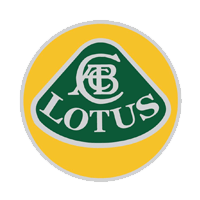
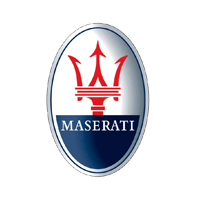
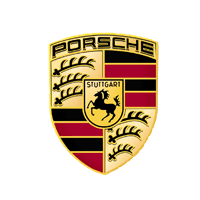



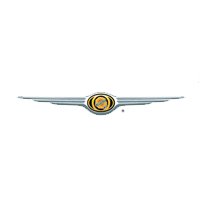

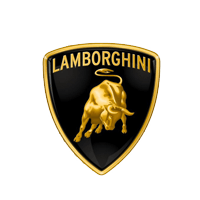
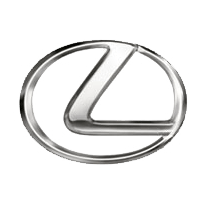



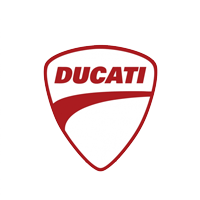

Leave a Reply
You must be logged in to post a comment.